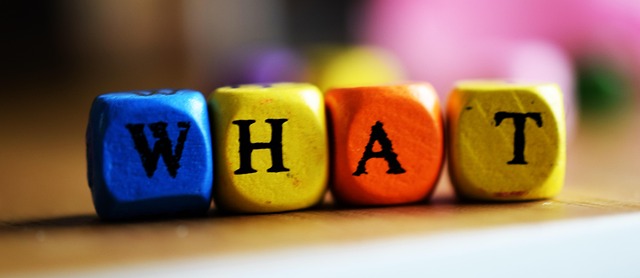What Cinco de Mayo Truly Represents

Often confused with Mexico's Independence Day, Cinco de Mayo actually commemorates the Mexican army's improbable victory over the powerful French forces at the Battle of Puebla on May 5, 1862. While this single battle didn't end the Franco-Mexican War, it became a potent symbol of Mexican resilience against foreign intervention and significantly boosted national morale during a critical time.
The Battle of Puebla: An Underdog Victory
The Battle of Puebla was a remarkable 'David vs. Goliath' moment. Facing roughly 6,000 well-armed French soldiers, considered among the world's best, General Ignacio Zaragoza led a smaller, less equipped Mexican force of about 4,000 loyal soldiers. Against steep odds, the Mexican defenders fiercely repelled the French assault, delaying their advance on Mexico City and providing crucial time for the Mexican government to regroup.
How Cinco de Mayo is Observed in Mexico
Contrary to popular belief, Cinco de Mayo is not a major national holiday across all of Mexico. Observance is largely centered in the state of Puebla, where the battle occurred. Here, the day is marked with civic pride, often featuring large parades with military personnel and civilians in period costumes, dramatic historical reenactments of the battle, and vibrant festivals filled with regional music, dance, and traditional Poblano cuisine.
Cinco de Mayo in the United States: Celebrating Mexican-American Heritage

In the United States, particularly since the Chicano Movement of the 1960s, Cinco de Mayo has evolved into a significant celebration of Mexican-American culture and heritage. It's an opportunity to honor the contributions of Mexican Americans and showcase Mexican traditions. Festivities often include parades, community festivals with mariachi music and *ballet folklórico* performances, educational events, and enjoying authentic Mexican food like mole poblano (a dish originating from Puebla), tacos, enchiladas, and fresh guacamole.
Modern Celebrations: Authenticity and Community
Contemporary Cinco de Mayo celebrations increasingly emphasize authentic cultural representation, education, and community engagement. Recent trends include virtual cooking classes led by chefs demonstrating Puebla's rich culinary heritage, livestreamed performances by acclaimed mariachi groups and *ballet folklórico* troupes, and community art projects like murals celebrating Mexican history and identity. There's a growing focus on supporting local, Mexican-owned businesses as part of the observance.
- Livestreamed Mariachi and *Ballet Folklórico* Performances
- Interactive Online Cooking Classes (e.g., Mole Poblano Making)
- Community Art Installations and Murals Highlighting Mexican Heritage
- Fundraisers for Mexican-American Community Programs and Scholarships
- Showcases of Regional Mexican Crafts and Cuisine
Celebrating Respectfully: Avoiding Stereotypes
It's essential to celebrate Cinco de Mayo with respect and cultural awareness. Focus on authentic appreciation: Learn the actual history and significance of the Battle of Puebla, savor genuine Mexican cuisine (especially Poblano dishes!), support Mexican-owned restaurants and businesses, and engage thoughtfully with cultural events organized by the Mexican-American community. Avoid perpetuating harmful stereotypes through costumes or behavior.